It’s hard to believe but Fujifilm Instax cameras & film have been around for less than 25 years. This is a review of the Share SP-2 printer, released in 2016.
The first camera, the Instax mini 10 was released in November 1998 since then Fujifilm has released many more Instax mini cameras along with the wide & square format cameras and whilst these cameras are arguably aimed more at the teen market, their Instax printers are a different story.
In 2004 Fujifilm released the first of its printers, the Cheki NP-1 but this was only for the Japanese market. From 2004 to 2006 they released the Pivi MP-100, MP-70 and MP-300. These printers used IR to send and receive the images. A Google search doesn’t bring up a lot of information about the Cheki & Pivi range of printers.
In 2014, Fuji released the first Share SP (Smart Phone) printer, the SP-1; this printer required two CR2 batteries to power it. In 2016 the SP-2 was released with a rechargeable battery and in 2019 the latest printer the Mini Link. There have also been a square printer and a wide printer, but this review concentrates on the mini Instax series of printers, specifically the Share SP-2.
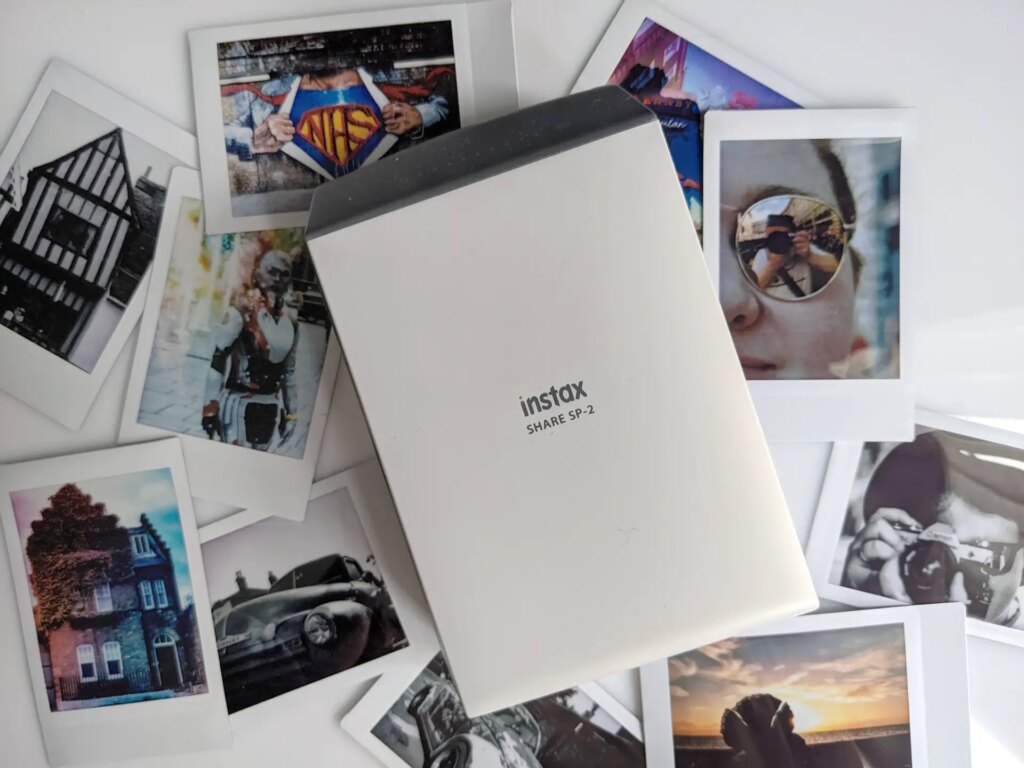
The specs for the Share SP-2 are:-
- 800×600 @320dpi
- Either .jpg or .PNG format
- A full charge takes around 90 minutes and can give up to 100 prints
- Size 3.5×5.1×1.5in (8.9×12.9×3.8cm) and weighing 9oz (255gm)
When bought the only accessories are the charging cable (which is a standard micro USB cable) the NP-45 battery and one pack of 10 prints.
The Share SP-2 printer has very clean lines, with the battery compartment at the bottom, the on/off button on the top left side, there is also a re-print button (more of that later) and the micro USB charge slot which is covered by a small plastic flap.
Loading the film is straightforward and is done via the door on the backside of the printer. Align the yellow line on the inside of the printer with the yellow line on the film cassette and close the door. Once loaded the black slide is ejected and the printer is really to use. When switched on the front will show a green light to let you know it’s on and charged and a red light when the battery is going flat. There are also 10 white LEDs for a full pack, as you print the LEDs will reduce to show the number of prints left.
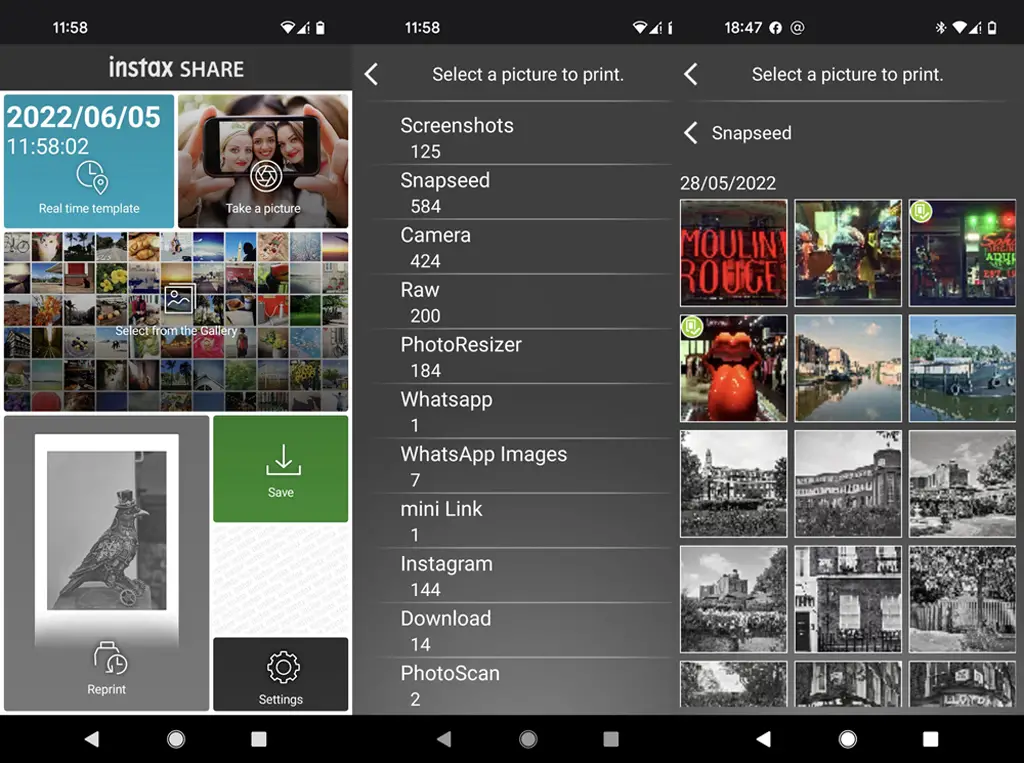
All the printing is done via an App on a smartphone (Android or iOS). Phone and printer connect over wifi connect. When on, the printer sends out a wifi signal and your phone will find it in your wireless network setting and should connect automatically.
The App gives a few choices of how to print an image. You can print directly from an image taken with your camera or choose from the photo gallery on your phone. This is the option I use the most. The photo gallery will show you a list of all the places images are stored on your phone and choosing one will show all the images in that folder.
Choosing an image will take you to the preview window where you can do some basic editing, like moving the image within the frame, brightness, contrast and saturation. There are also three filters, B&W, Sepia and an intelligence filter which just seems to give the image an overall colour boost.
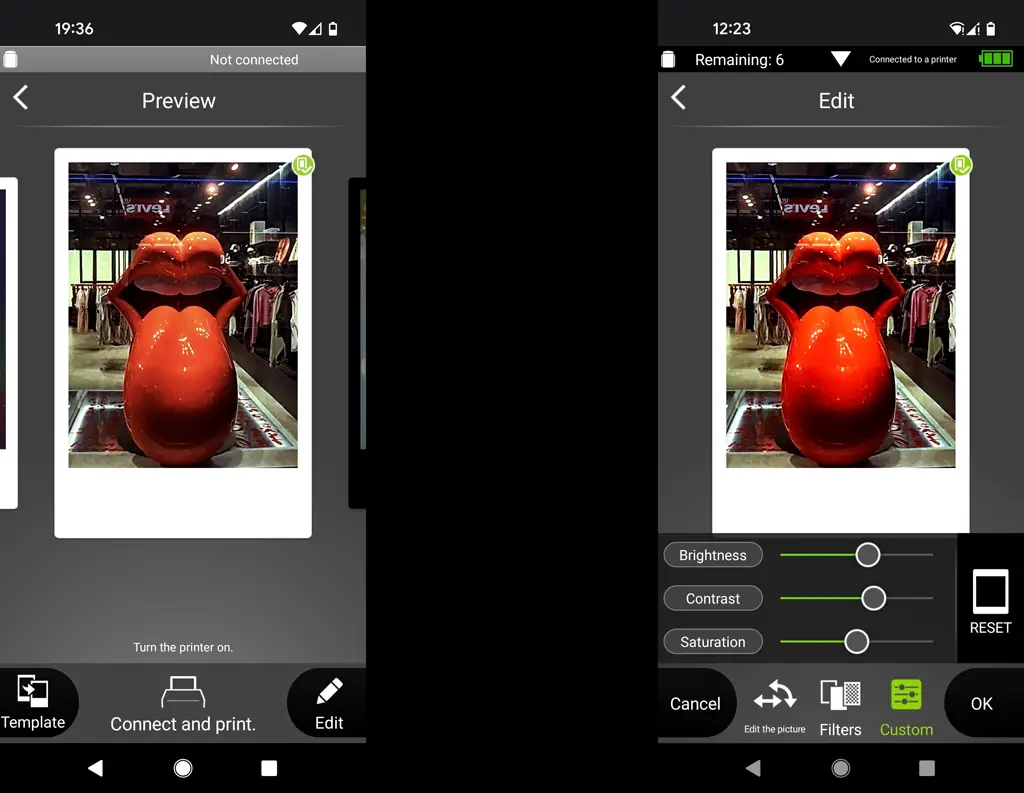
Also in the preview window is the template tab, which allows you to add text and seasonal messages to the image one problem with this is that it is actually on the image so takes up part of the image. I would rather just write any information on the white piece at the bottom.

One of my favourites in the template tab is the collage and split photo tabs. The college allows you to put multiple images into the frame in a few different ways like diptychs and triptychs.
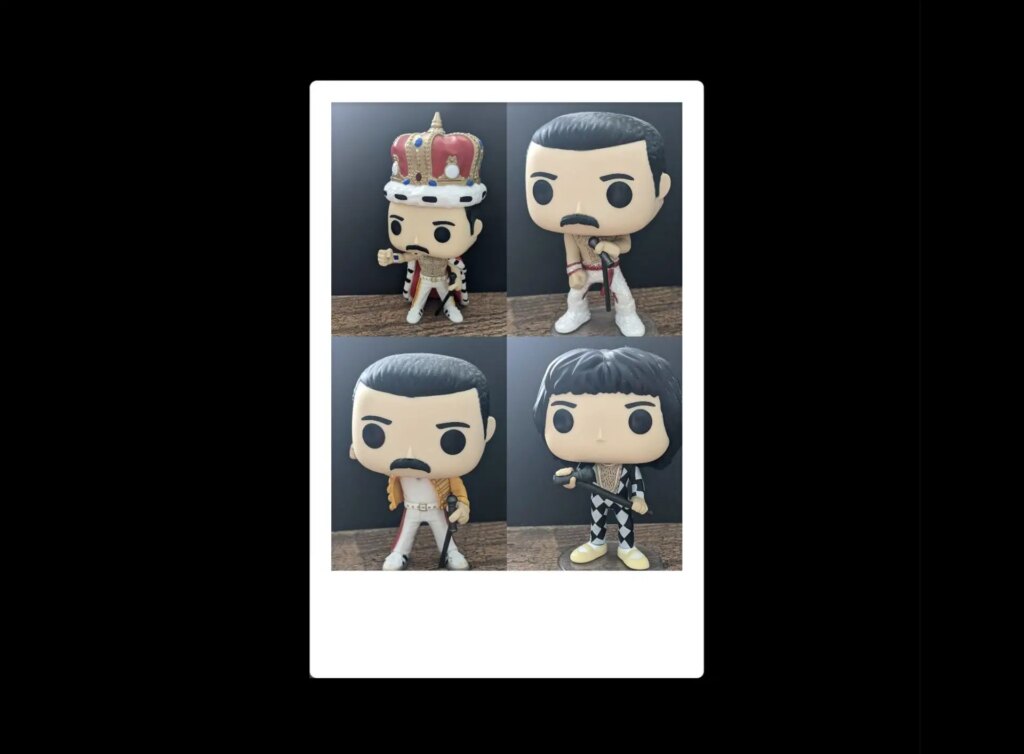
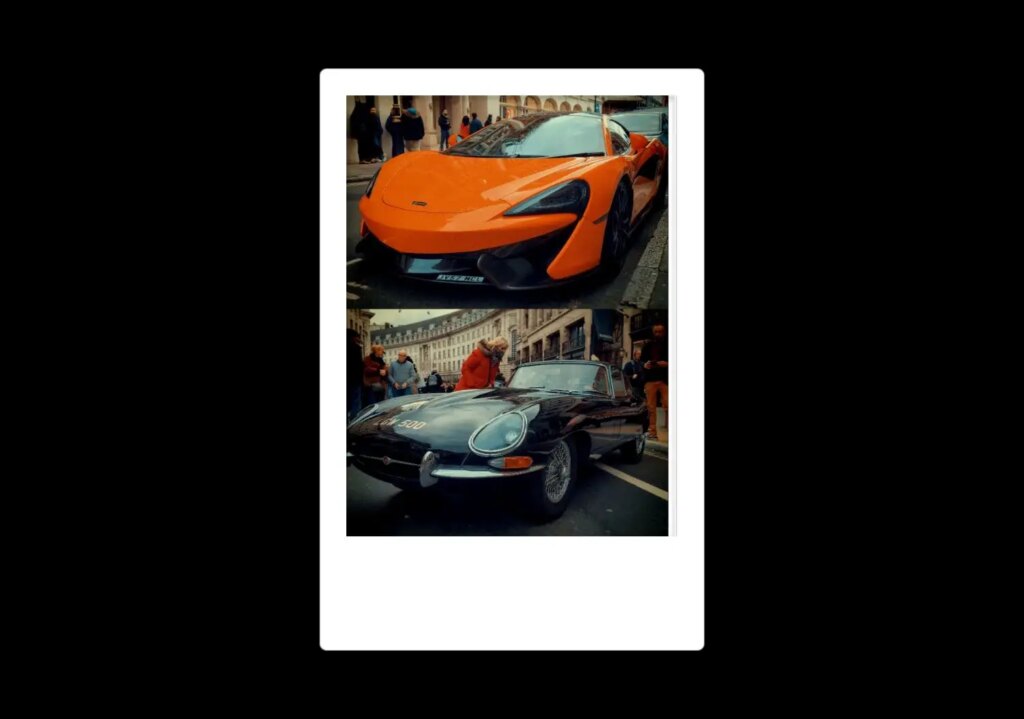
Similarly, the split photo allows you to split a single image over two Instax prints and it gives you a larger looking print, this option doesn’t always work, in the sense that the split sometimes is in the wrong place and you cannot adjust it but you can see the image preview before printing but when it does work you can get some pleasing results.
One image split over two frames using the photo split option
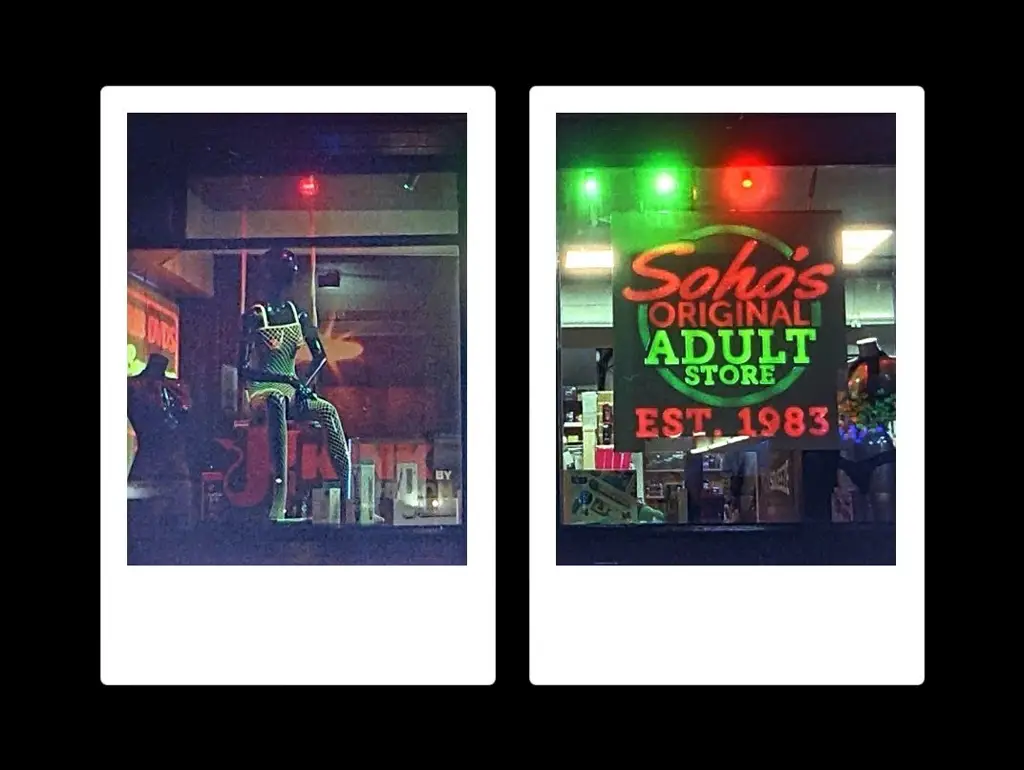
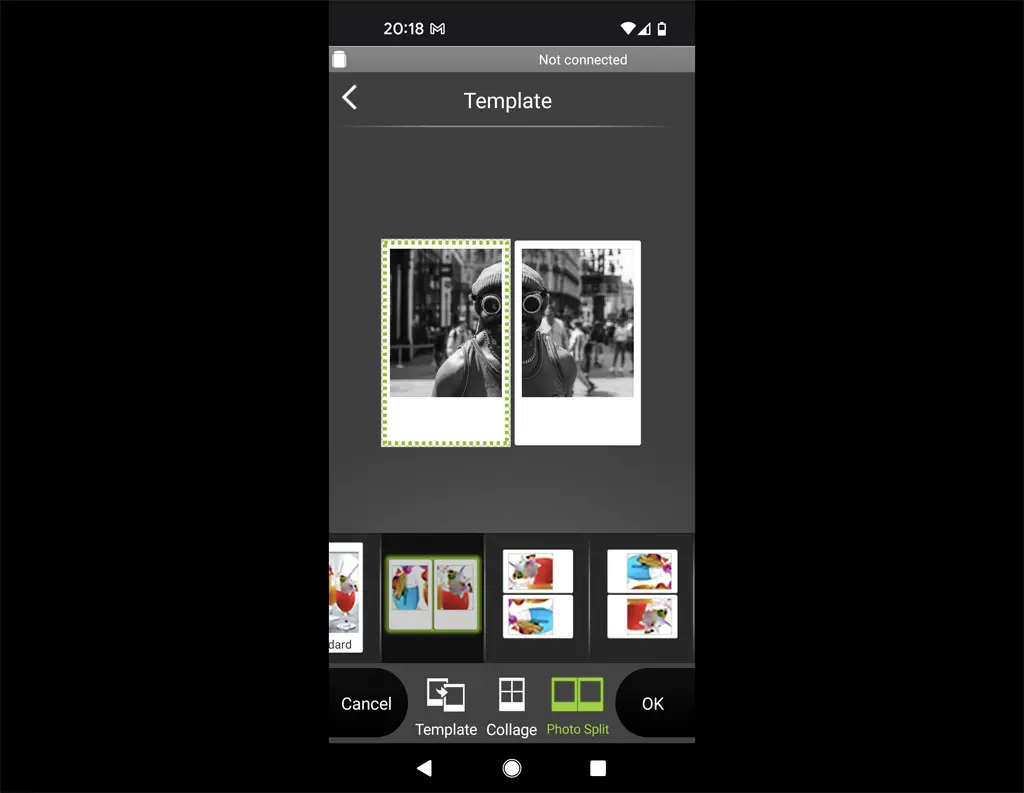
The Share SP-2 printer will take any of the Instax mini film colour or monochrome. I never use the monochrome as I find the B&W never gives a good B&W image and it’s better just to convert a colour image to B&W in Snapseed or a similar App. Monochrome film only comes in single packs of 10, whereas you can buy multi-packs of the colour film and this works out cheaper.
The Share SP-2 printer is a great way to share images and if you are at a party it is easy for people to print multiple copies of an image using the re-print option. The re-print button on the printer will reprint the last image sent to print but using the re-print within the App, you can choose from any of the previous images that have been printed.
With everything, there are Pros and Cons.
Pros
- You get to have images that would only ever be digitalised in an analogue format.
- It’s fun to have the mini images dotted around the house.
- The cost of the prints is not that expensive.
Cons
- The printer can sometimes have problems connecting to the phone over wifi. Although the newer Link printer connects over Bluetooth.
- The prints are small and the resolution isn’t that great.
- The App is the same as the one used for the SP-1 and hasn’t been updated since 2014.
People find different ways to use this little printer from using the printed image to go into journals or as an extra little gift in a zine.
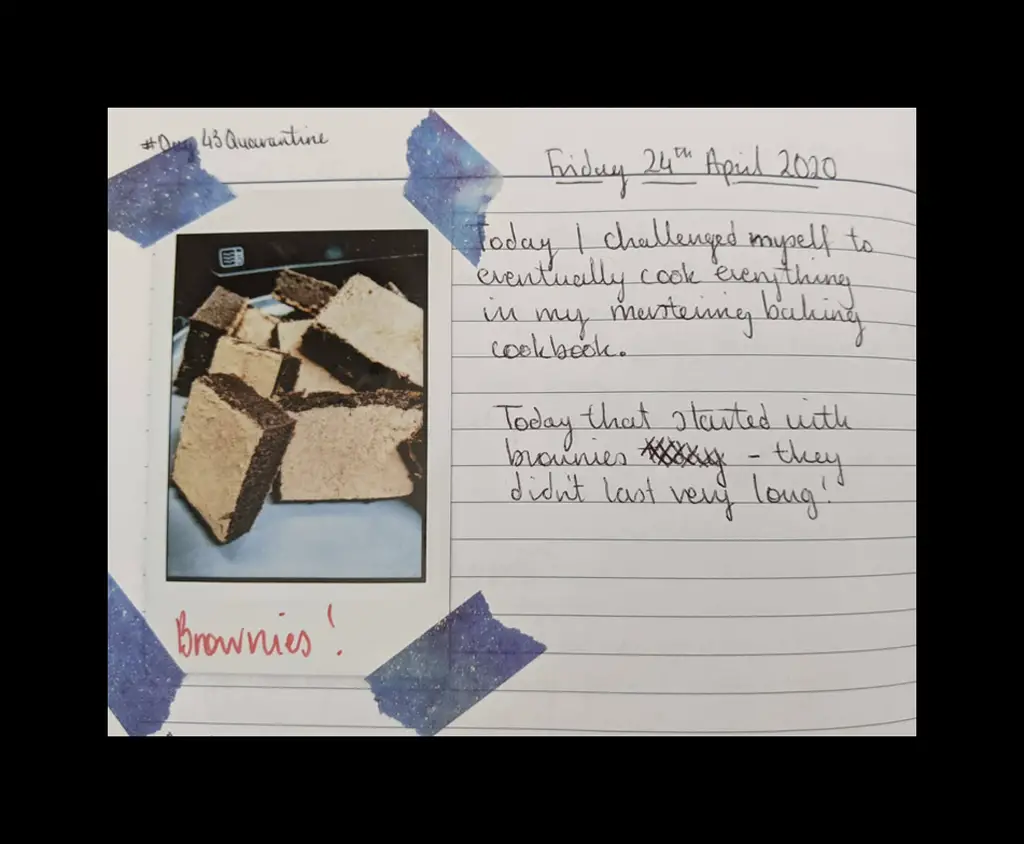


As for me, I just like to have my analogue images that have been digitized back to an analogue format and adding them to my collection.
Share this post:
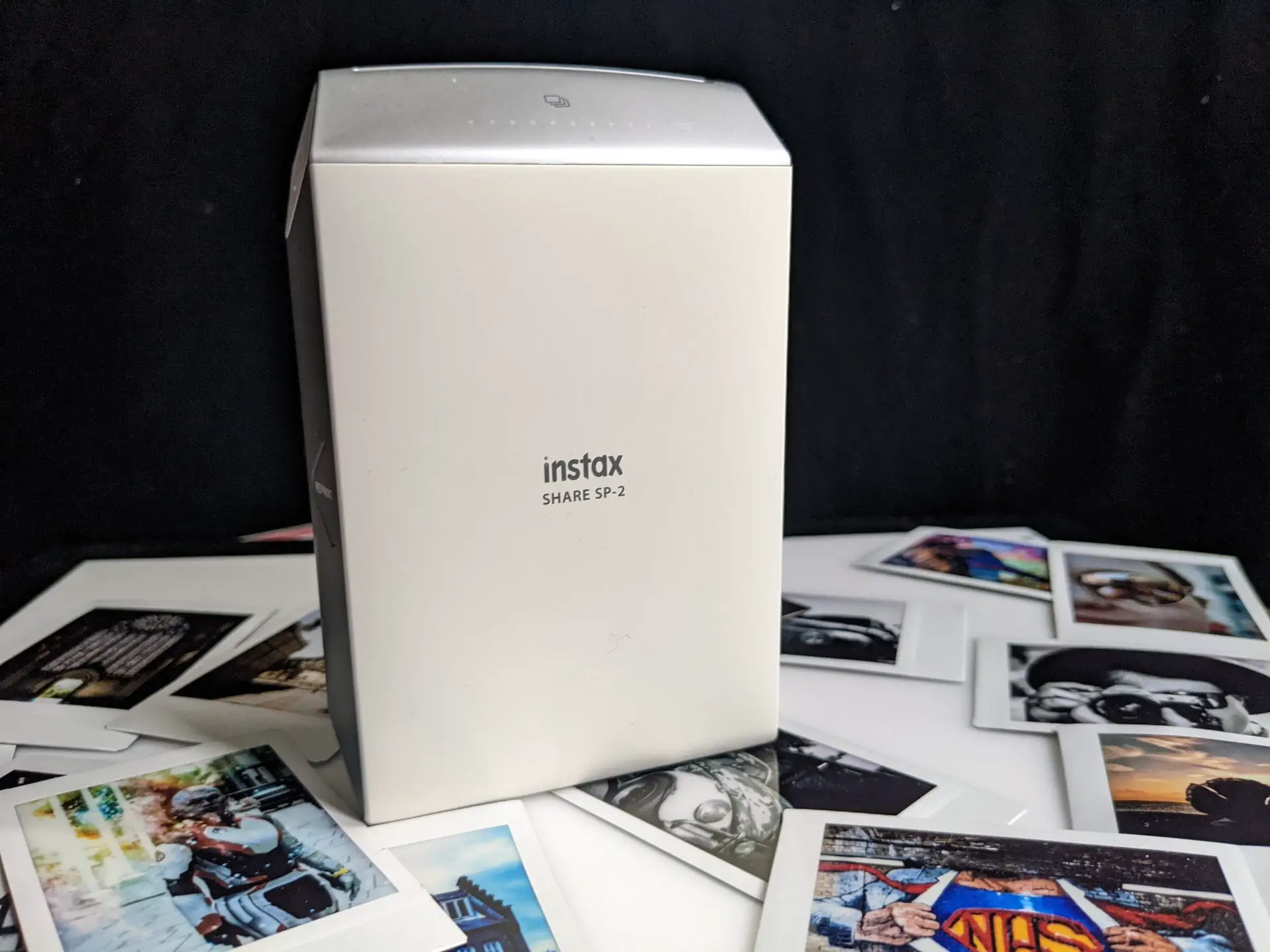
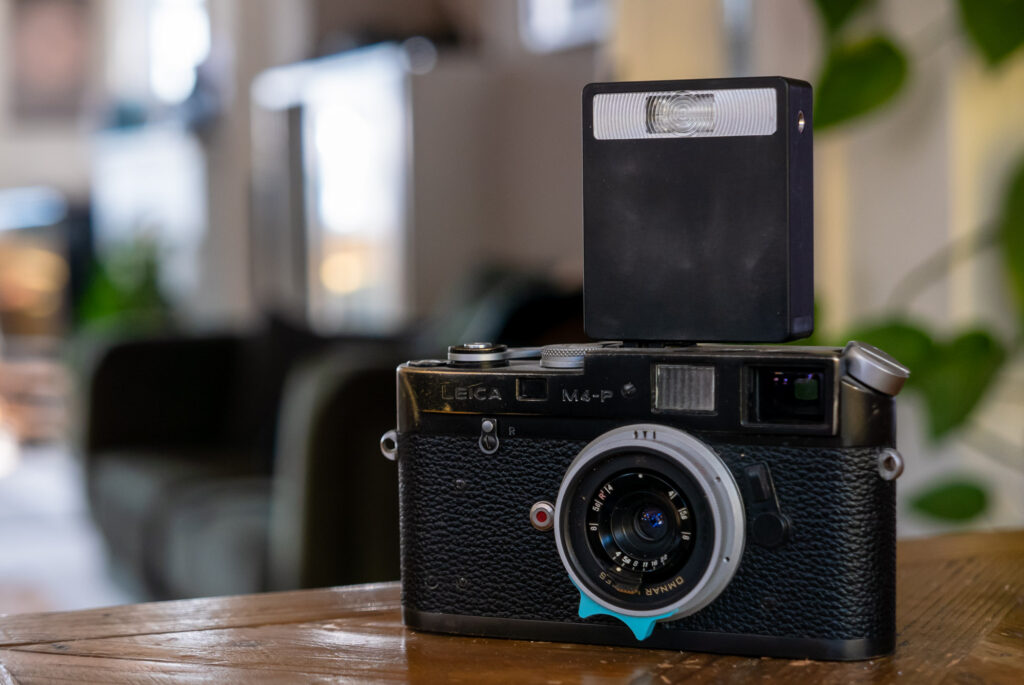
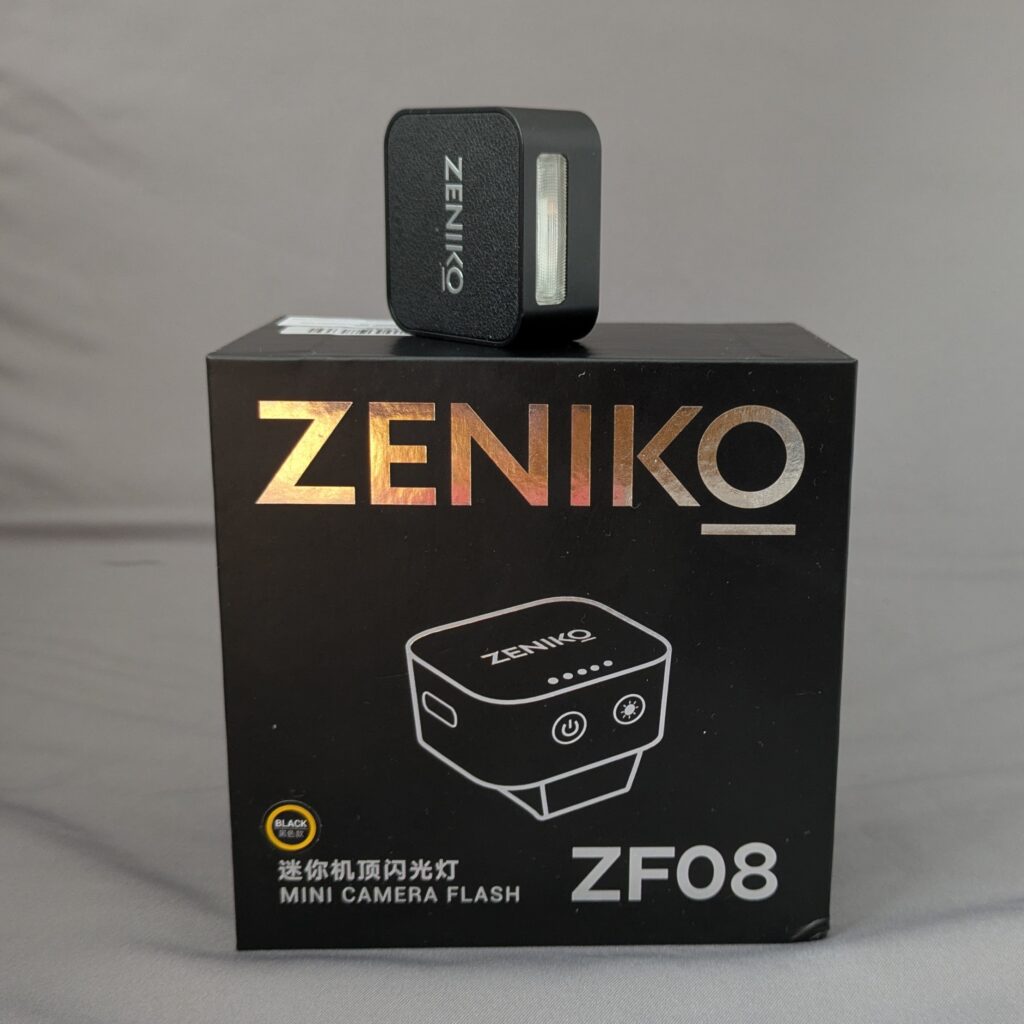
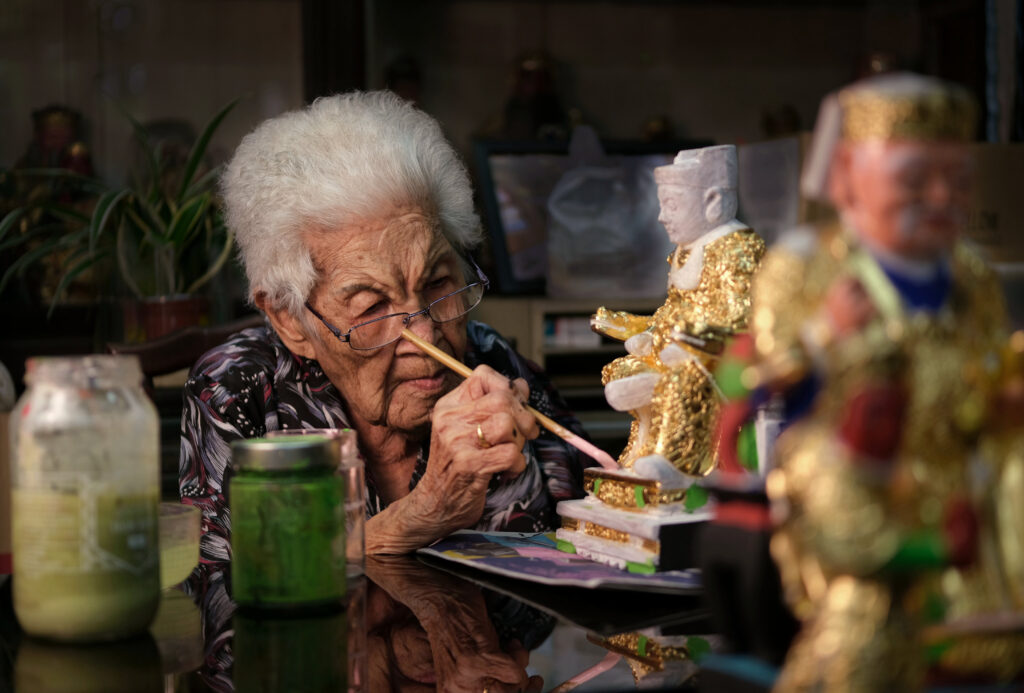
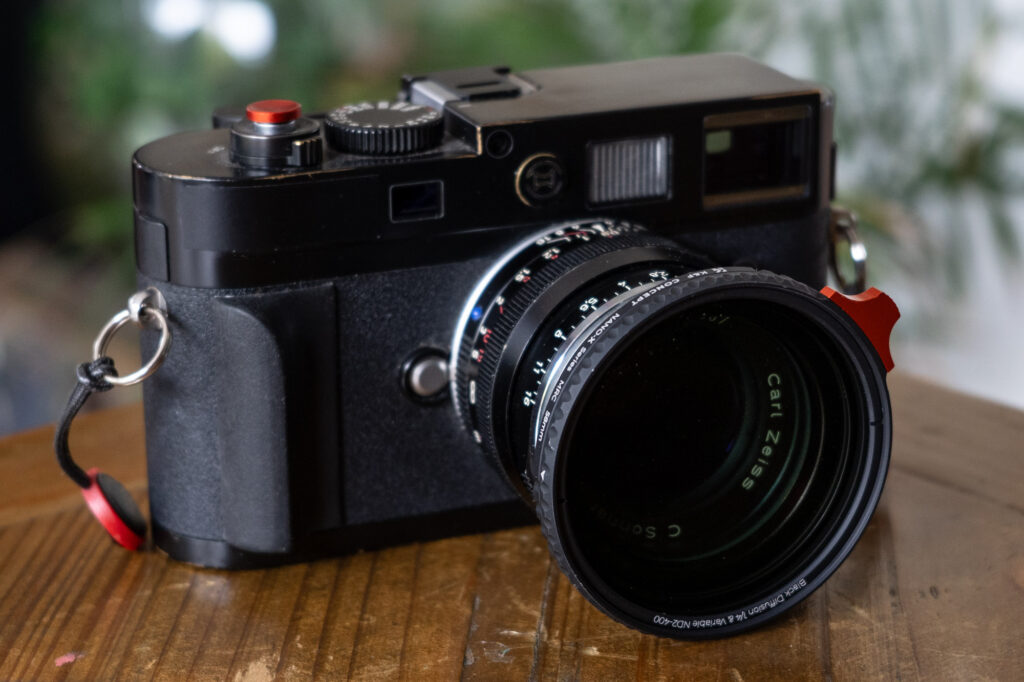




Comments
Keith Devereux on Instax Share SP-2 Review – The Joy of Instax – By George Griffin
Comment posted: 20/06/2022
Comment posted: 20/06/2022
Gorpalm on Instax Share SP-2 Review – The Joy of Instax – By George Griffin
Comment posted: 20/06/2022
Have now moved to the Instax Wide printer, which is bluetooth only - for a while switched to a RX100v to shoot with (Sony has the best, least painful wireless image transfer on the market), and in the last couple of months have just shot w my Pixel 6 Pro and printed out those - The Pixel changed my mind about camera vs phone image quality.
Comment posted: 20/06/2022
Comment posted: 20/06/2022
Comment posted: 20/06/2022
Chantel on Instax Share SP-2 Review – The Joy of Instax – By George Griffin
Comment posted: 20/06/2022
I've been using the SP-2 since 2018 and still love it. Never experienced an issue connecting, but it's true the app is super dated and clunky.
fujifilm released the wide version recently, and I'm considering upgrading to that one, but my love for the SP-2 is holding me back.
Comment posted: 20/06/2022
Wes Hall on Instax Share SP-2 Review – The Joy of Instax – By George Griffin
Comment posted: 20/06/2022
Comment posted: 20/06/2022
Gorpalm on Instax Share SP-2 Review – The Joy of Instax – By George Griffin
Comment posted: 20/06/2022
George Griffin on Instax Share SP-2 Review – The Joy of Instax – By George Griffin
Comment posted: 20/06/2022
I have the pixel 4 and think the camera is one of the best phone camera on the market, I hardly ever use my digital P&S nowadays
Orrin on Instax Share SP-2 Review – The Joy of Instax – By George Griffin
Comment posted: 23/06/2022
We have taken screen shots from the Nintendo Switch and loaded them up on a smartphone to print characters.
Comment posted: 23/06/2022
Brian Eaves on Instax Share SP-2 Review – The Joy of Instax – By George Griffin
Comment posted: 23/06/2022